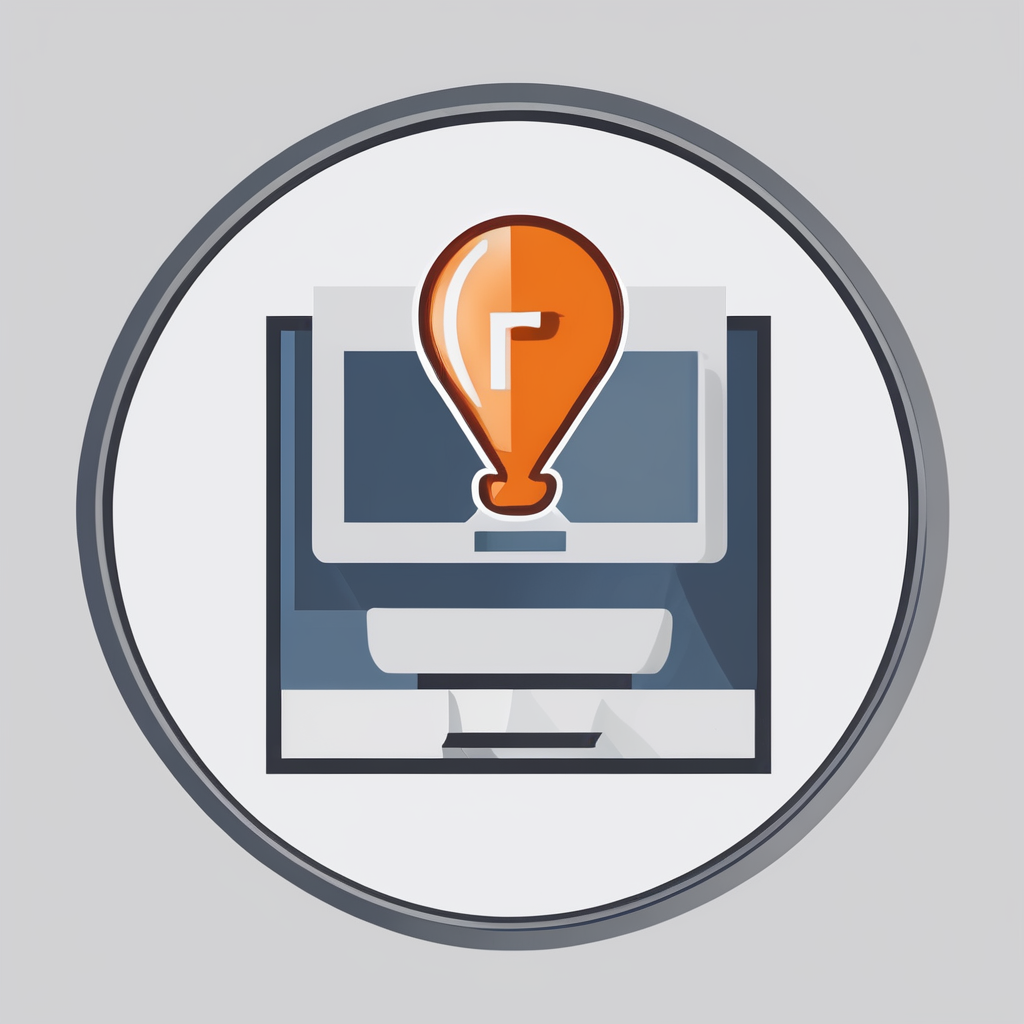Choosing the right PLM software demands more than a simple feature checklist. It requires aligning capabilities with your organisation’s unique needs, ensuring seamless integration, and anticipating future growth. By focusing on tailored evaluation criteria and vendor reliability, you position your business to unlock maximum efficiency and innovation. This approach transforms PLM selection from a routine purchase into a strategic advantage.
Essential Criteria for Evaluating PLM Software Solutions
Understanding what shapes the best choice
Additional reading : Transform Your Visuals: Harnessing AI to Boost Image and Video Quality in Digital Media
When selecting PLM software, focusing on crucial PLM evaluation criteria ensures the solution aligns perfectly with your organization’s goals. Key PLM features such as usability, scalability, and integration capabilities form the backbone of any effective decision-making framework. Usability determines how easily teams can adopt the software, reducing training costs and improving productivity. Scalability ensures the system grows with your business, accommodating expanding product lines or increased user numbers without performance loss. Integration capabilities are vital for seamless connection with existing tools like ERP, CAD, and CRM systems, preventing data silos and enhancing workflow continuity.
To establish a tailored PLM evaluation criteria, start by analyzing your organizational needs deeply. What processes require automation? Which departments must collaborate effortlessly? Prioritize features that directly influence these requirements. Utilizing comparative checklists reinforces this approach, enabling you to objectively rank each PLM solution against standardized benchmarks. Such checklists typically cover functionality scope, vendor support, customization options, and security protocols—elements essential for a comprehensive evaluation.
This might interest you : Revolutionizing Social Media Insights: The Ultimate Guide to Building a State-of-the-Art AI Analytics Platform in Real-Time
Ultimately, a structured decision-making framework anchored in critical PLM evaluation criteria and enriched by detailed comparative assessments empowers you to choose PLM software that not only meets current demands but also adapts to future challenges. Visit the link for more information.
Integration and Compatibility with Existing Systems
Ensuring PLM integration with your current IT environment is crucial for maximizing efficiency and minimizing disruption. When selecting PLM software, assess how well it aligns with your existing infrastructure, including ERP, CAD, and other enterprise systems. Software interoperability guarantees seamless data flow, which is essential to maintain operational continuity and avoid silos.
A key aspect is the capability for smooth data migration from legacy systems to the new PLM platform. This process requires careful planning to prevent data loss and maintain integrity across systems. Compatibility issues in data formats or protocols can cause costly delays or errors, so verify that the PLM solution supports your specific data types and standards.
Vendor support plays a vital role in effective PLM software integration. Choose a provider known for strong technical assistance and expertise in system interoperability. Reliable vendor support can help customize integrations and resolve unforeseen challenges, ensuring your PLM software works cohesively with existing IT assets. Visit the link for more information.
Scalability and Flexibility of PLM Software
When evaluating scalable PLM solutions, it is crucial to ensure they align with your company’s long-term growth plans. A growth-ready PLM platform must handle increasing data volumes and user numbers without compromising performance. This ensures that as your product lines expand or your operations scale up, your PLM system remains dependable and efficient.
Flexible PLM systems offer essential customization options to cater to unique industry requirements or company-specific workflows. This allows organizations to tailor the software to their specific processes, improving productivity and reducing the need for costly workarounds. Flexibility is especially important in industries with strict compliance or specialized engineering processes.
Balancing out-of-the-box functionality with future adaptability is vital. While ready-to-use features provide immediate value, selecting a system that supports modular upgrades or integrations ensures continued relevance over time. Companies should prioritize PLM solutions that combine robust baseline capabilities with the ability to evolve alongside their strategic goals.
Visit the link for more information.
Vendor Reputation and Support Services
Choosing the right PLM vendors goes beyond just software features; it requires a thorough software vendor comparison focusing on reputation and support. A vendor’s track record reveals their reliability, demonstrated through consistent product updates and satisfied customers. Customer reviews offer valuable insights, highlighting real-world experiences and potential red flags. Additionally, a strong industry presence signals a vendor’s commitment to evolving with market needs and emerging technologies.
Equally critical is a vendor support analysis. Assessing the quality and availability of training and support services helps ensure your team can fully leverage the PLM software’s capabilities. Responsive customer service, comprehensive documentation, and accessible training programs contribute to smoother adoption and issue resolution.
Considering the potential for a long-term partnership with the vendor is essential. Strong vendor support fosters continuous improvement and alignment with your business goals. For organizations seeking dependable PLM solutions, prioritizing vendors with proven reputations and robust support structures is a strategic move.
Visit the link for more information.
Cost and Total Cost of Ownership
Understanding PLM software pricing is critical when selecting the right solution for your organization. The total cost of ownership (TCO) encompasses both direct and indirect expenses, providing a comprehensive view beyond the initial purchase price. Direct costs include licensing fees, implementation charges, and ongoing maintenance costs. Licensing structures vary—some providers offer perpetual licenses, while others use subscription models—each impacting the upfront and recurring expenses differently.
Indirect costs, often overlooked, can include training, system integration, infrastructure upgrades, and potential downtime during deployment. These factors contribute significantly to the total cost of ownership and should be carefully evaluated to avoid unexpected expenses.
A thorough ROI analysis is essential to justify the investment in PLM software. This involves quantifying benefits such as improved product development cycles, reduced errors, and enhanced collaboration, which translate into cost savings and revenue growth. Comparing the PLM software pricing alongside these tangible benefits allows businesses to make informed decisions that balance cost with long-term value.
When assessing total cost of ownership, also consider vendor support quality and scalability, which affect both ongoing expenses and the software’s ability to evolve with your needs. For a detailed guide on navigating PLM software pricing and maximizing ROI, Visit the link for more information.
Tailoring PLM Selection to Industry Requirements
Choosing the right industry-specific PLM solution involves aligning software capabilities with the unique demands of your sector. Industries such as aerospace, pharmaceuticals, or automotive face stringent regulations and specialized workflows that generic PLM systems often cannot accommodate. For example, a pharmaceutical company requires PLM tools that manage compliance with FDA regulations and monitor batch traceability, while an automotive manufacturer might prioritize integration with CAD systems and supply chain complexity management.
The impact of sector needs in PLM selection is profound. Software designed for specialised industries ensures that critical processes, like quality control protocols or change management procedures, are seamlessly integrated. This alignment reduces risks associated with non-compliance and streamlines product development cycles.
Case examples highlight how PLM for specialised industries adapts to these challenges. For instance, aerospace companies benefit from PLM systems that support lifecycle tracking of parts and adhere to stringent safety certifications. Similarly, consumer electronics firms look for PLM solutions that enable rapid prototyping and fast market delivery. These sector-specific requirements influence the choice of software by emphasizing features that directly address industry pain points.
Understanding your industry’s particular demands helps in selecting a PLM system best suited to enhance operational efficiency while maintaining compliance. Visit the link for more information on tailoring software solutions to specific industry needs.
Step-by-Step PLM Software Selection Process
Selecting the right PLM software involves a structured approach to ensure alignment with your organization’s needs. The PLM selection process typically begins by clearly documenting your business and technical requirements. This documentation serves as the foundation for evaluating potential software options effectively, ensuring that each candidate can meet your specific needs.
Next, assigning stakeholder roles and responsibilities is crucial. Involving representatives from engineering, manufacturing, IT, and management ensures that diverse perspectives shape the evaluation. This collaborative approach helps identify critical features and potential challenges early on. Stakeholders should be tasked with gathering input, reviewing vendor proposals, and participating in demonstrations, fostering comprehensive engagement throughout the project.
The PLM evaluation steps then involve systematically assessing each software option against predefined criteria. This includes usability, integration capabilities, scalability, and cost. To manage the evaluation process effectively, maintain clear documentation of scores and feedback at every stage. This transparency facilitates objective decision-making and supports the justification of the final selection.
Using a formal software decision guide helps streamline the process. Such guides often incorporate checklists and decision matrices that provide standardized comparisons among candidates. By following these steps with discipline and clarity, your organization can confidently identify a PLM solution that enhances product development efficiency and supports long-term innovation.
Visit the link for more information.
Expert Tips for Successful PLM Implementation
Implementing Product Lifecycle Management (PLM) software can be transformative, but it requires careful strategy. One of the most effective PLM implementation tips is to engage early and continuously with stakeholders and end-users. Their insights help shape the system to meet actual business needs, preventing costly misalignments later. Early collaboration ensures smoother adoption and builds a sense of ownership among users.
Minimising disruption during software adoption is another critical best practice for PLM. This can be achieved by rolling out features in phases, allowing users to gradually adapt without overwhelming them. Establishing clear communication channels during the transition also reduces confusion and resistance.
Utilizing feedback throughout the implementation process is invaluable. Regularly collecting and acting on user feedback helps identify pain points early, so adjustments can be made swiftly. This dynamic approach increases user acceptance and maximizes the return on your PLM investment.
Visit the link for more information.











